How to Choose Trail Running Shoes

2020 was the year many of us returned to running outdoors. We were reminded that outdoor running, especially trail running, provides a certain thrill and freedom that gym and personal treadmills can never offer. However, a change of scenery requires a change of footwear if not for style then most certainly for safety. There are THREE MAIN CONSIDERATIONS WHEN SELECTING TRAIL RUNNING SHOES:
- FEEL
- BUILD
- PERFORMANCE
Understand that “selecting” a shoe doesn’t necessarily mean trying or even buying a shoe. The truth is you may have to test and even purchase a few trail shoes before you can commit to selecting one pair as your go-to shoes for running, training, and racing.
How Do They Feel?
Feel is by far the most important factor when committing to a trail running shoe. No matter how much other athletes rave over a particular brand and model, if they don’t feel right on your feet, they will likely hinder more than they help.

The problem is shoes feel different out of the box than they do after a few miles. This goes back to the difference between trying and committing to shoes. You may have to overlook some of the new shoe stiffness that you know will subside once you break in your pair. On the other hand there are some specific observations you can make to anticipate whether a certain pair of shoes will continue feeling good further down the road.
Fit
The first and easiest impression concerning how a shoe feels is noticing the overall fit. Is the sizing accurate? See that you have enough toe room, but not so much that the toe box will shift and jar against your toes upon impact (goodbye toenails). Also, pay close attention to how the balls (widest part) of your feet feel. Many shoe companies maintain a standard width regardless of the shoe’s length leaving the shoe’s vamp too tight around the ball. Snug is good. Uncomfortably tight is unacceptable.
Cushion
Some could argue that the amount of cushion a shoe has is more a consideration of build than feel, but the amount of cushion YOU need is entirely up to you. We’ve all heard warnings about the potential long term effects of running with impact. So, maximum cushion (including memory foam) seems like a no brainer. However, critics say too much cushion will begin to feel mushy. Others prefer minimalist shoes with little cushion to better feel the ground while maneuvering quickly. Again, your preferred amount of cushion is exactly that. Just remember that cushioning adds weight.
Weight
Runners should definitely consider the weight of our shoes especially if we’re running long distances, steep inclines, or know we’ll be crossing water. While same sized shoes probably won’t differ more than 3 ounces between top brands, the extra ounces can feel like pounds over long distances - especially if they’re waterlogged.
How Are They Built?

While the feel of our trail shoes may seem like a moving target, their construction is fairly straightforward. Even before trying them on, we can usually inspect prospects to learn a lot about the shoes’ intentions and integrity.
Support
Think of the flattest Converse from yesteryear. Not only did they lack in cushioning; there was a clear absence of support. Support typically refers to the engineering built into the shoe’s midsole to accommodate runners with less than perfect gates (aka, most of us). If you’ve recognized your tendency for overpronation, which happens when your foot rolls inward (considerably) mid-stride, find a shoe with sturdy support rails for somewhat corrective stabilization.
- Unlike an Old Navy flip-flop or the aforementioned Converse, a supportive midsole should make it near impossible to fold the shoe in half with your bare hands.
Tread
The spacing and depth of tread provides one of the most obvious distinctions between trail shoes and road shoes. The bottom surface of road running shoes is usually flat with minimum impressions in order to form a flush connection against the hard road. However, trail running shoes usually have well-pronounced lugs or cleats that serve as teeth gripping into softer, less consistent terrain. Short, closely-spaced lugs are ideal for dry surfaces like small gravel. Meanwhile, more aggressive tread with longer lugs will better grip muddy surfaces.
Protection
Trail running introduces certain hazards not found in road running. The addition of thorny woods, protruding roots, and jagged rocks require extra protection. A solid toe guard and reinforced underfoot will insulate the most vulnerable areas. However, we also want to protect the sides and top/front of our feet in case we brush against sharp woods, rocks, or cacti. These environmental obstacles can easily slice through thin plastic, but thickness isn’t necessarily the answer either. More so, rely on shoes that utilize thin but dense materials in the upright.
- If you’re confident you’ll only be running on well manicured trails consisting of dirt or small gravel with no threat from roots or vegetation, you may opt to forego certain protections in exchange for a lighter shoe.
Drop
Heel-to-Toe (HTT) Drop is related to cushioning. While a shoe’s overall cushioning affects stack height (distance between your foot and the floor), HTT Drop refers specifically to the difference in heel height and forefoot height. It both affects and is affected by foot strike.
- Typically, a heavy heel strike would want greater HTT Drop; usually 10-12 mm. Meanwhile, a midfoot or forefoot striker may be better served with a drop less or equal to 4 mm. Those recommendations should accommodate your strike, but runners should consult with an expert before trying to use HTT Drop to reprogram foot strike.
How Do They Perform?

Sometimes running shoes will look perfect on paper and maybe even feel great when you try them on, but only when you put them to the test do you realize something’s “off.” You discover some quirk that you never would have imagined based on the specs. Truth be told, everything is just theory until the rubber meets the trail.
Grip
The length and spread of a shoe’s lugs, may or may not foreshadow how well it will actually perform on wet rocks or other slippery surfaces. Some rugged treads are made from hard plastic rather than compact rubber and, therefore, grip well in mud but slip drastically on wet rocks. The best indication of a shoe’s grip will only come from honest reviews and a personal field test.
Water
Another component to a trail running shoe’s performance is what it does with water. Many competitive trails include passing through shallow streams. Even if it doesn’t, there’s still the combination of morning dew and our actual foot perspiration. The last thing we want is to carry the weight of that moisture with us for several miles and risk painful blisters. Sure, MudGear socks are designed to do our part, but top shoes should also vent well and shed (or wick) water quickly.
Responsiveness
The final consideration is intangible, hard to explain, and often overpromised. Marketers will talk about shoes’ responsiveness in ways that suggest they’ll make you faster. However, good shoes don’t make us faster; they merely slow us down less. Remember, our bodies are doing the work. It’s the shoes’ job to keep up. If anything, responsiveness can be viewed as the “return of energy.” It refers to how much of a runner’s energy is absorbed by the shoe as opposed to being used by the shoe to help said runner explode forward. It’s the difference between a mushy anchor and a “spring in your step.” You simply know it when you feel it.
Put It All Together
Before committing to our next favorite trail running shoe, we need to carefully consider its feel, build and performance. MudGear insists that feel is the most important aspect. Realistically, it will probably be the last consideration you actually get to experience. Savvy shoppers will study the build of several trail running shoes to form an initial list of prospects. We then compare cost as well as dozens of reviews concerning performance in order to narrow our list. Finally, test out a couple of the top contenders to figure out which will be our backup pair and which will become the go-to trail running shoes to which we’re committed for the year or years to come.

Personal Favorites
All runners have preferences and reasons for their personal favorites. These days, we're blown away by the unmatched grip of VJ Maxx Trail and OCR Shoes. Meanwhile, Inov-8 Talons may be the lightest and fastest-draining shoe of its kind.



READERS ALSO LIKED THESE ARTICLES:




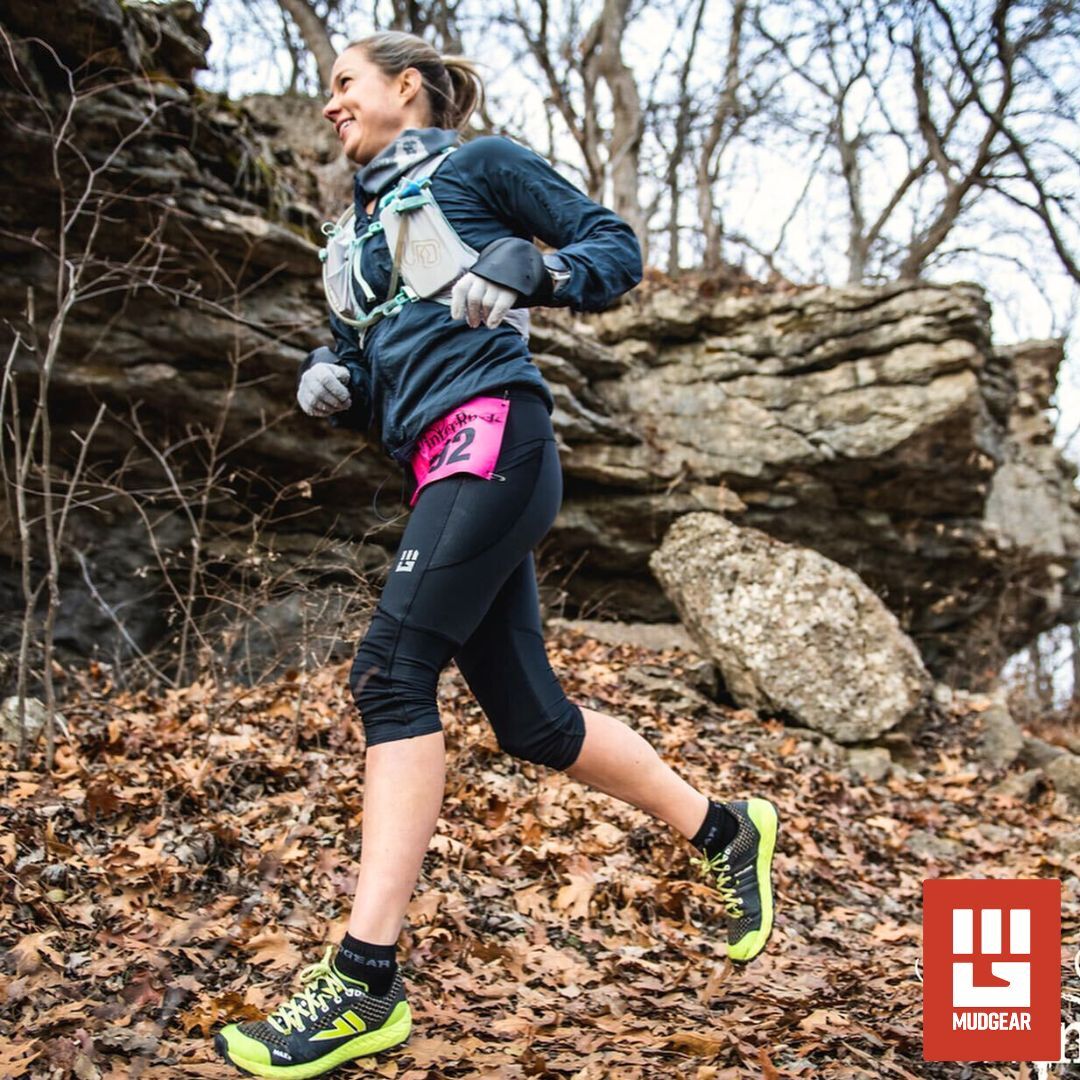
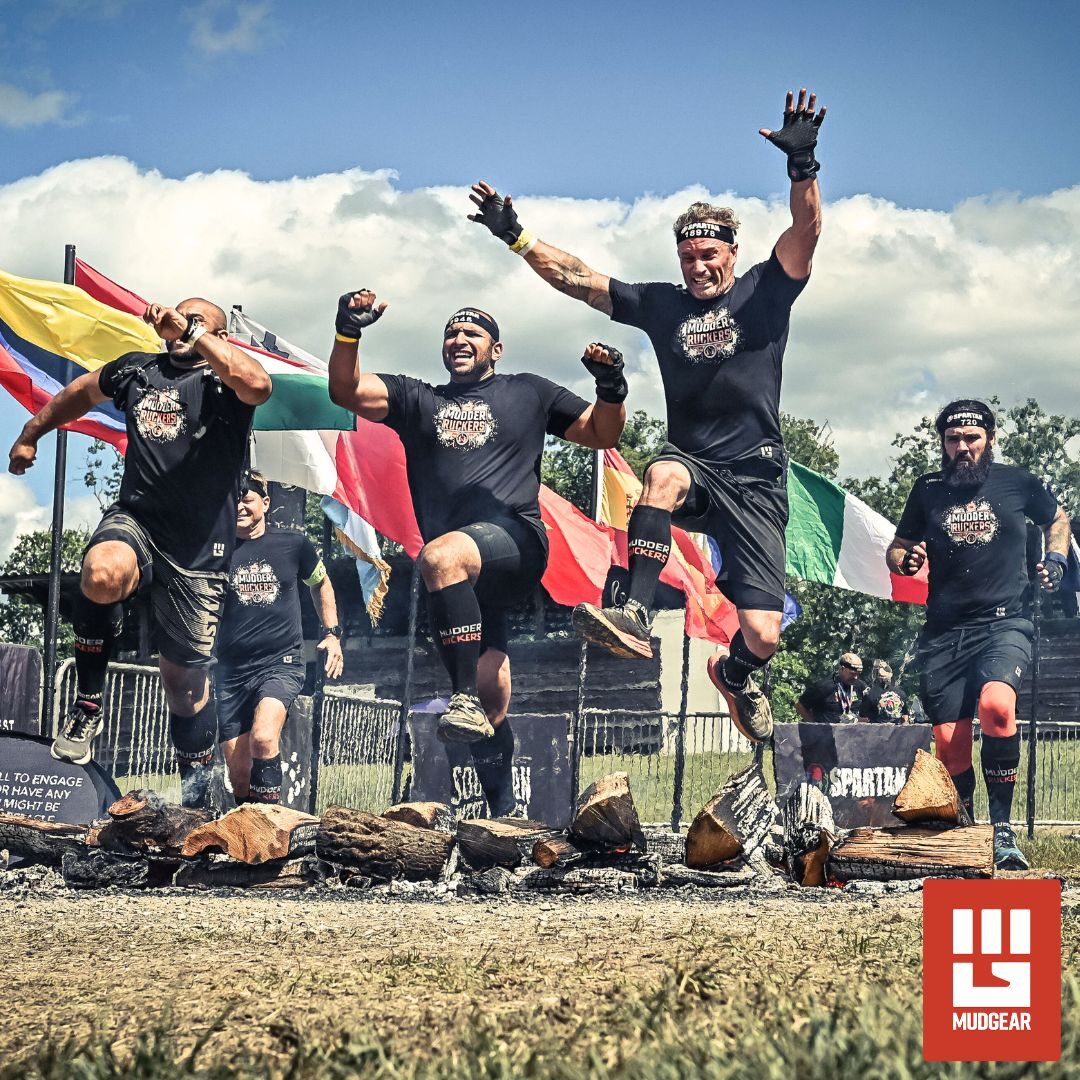
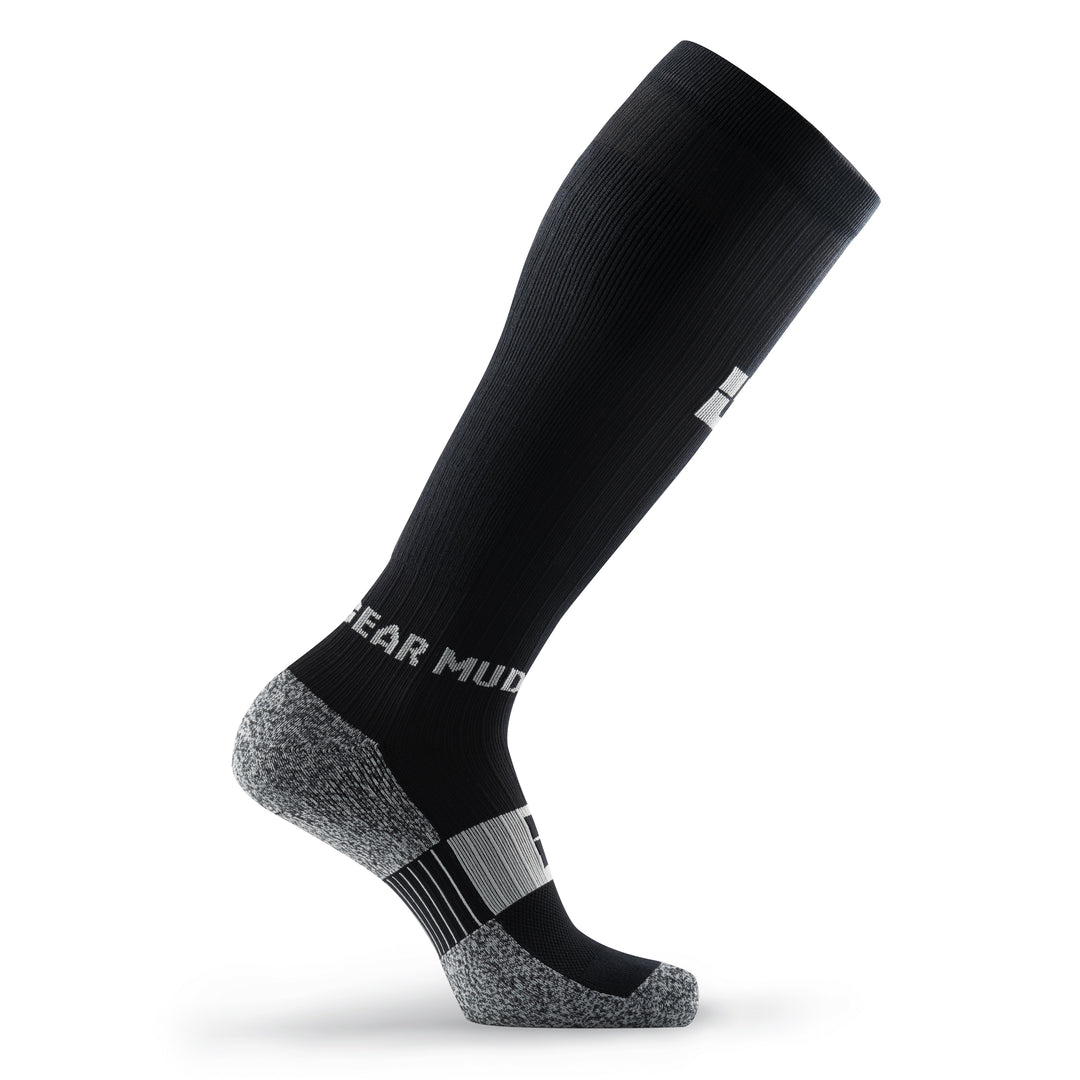
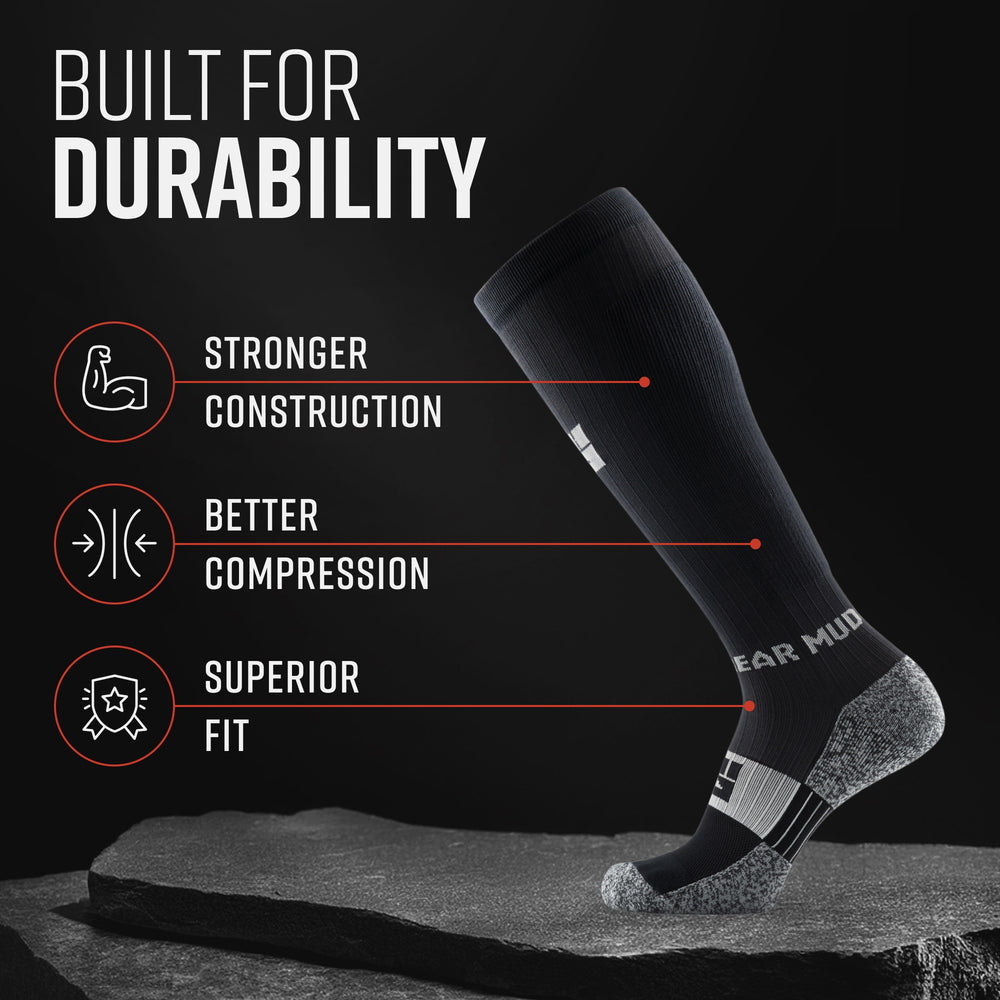
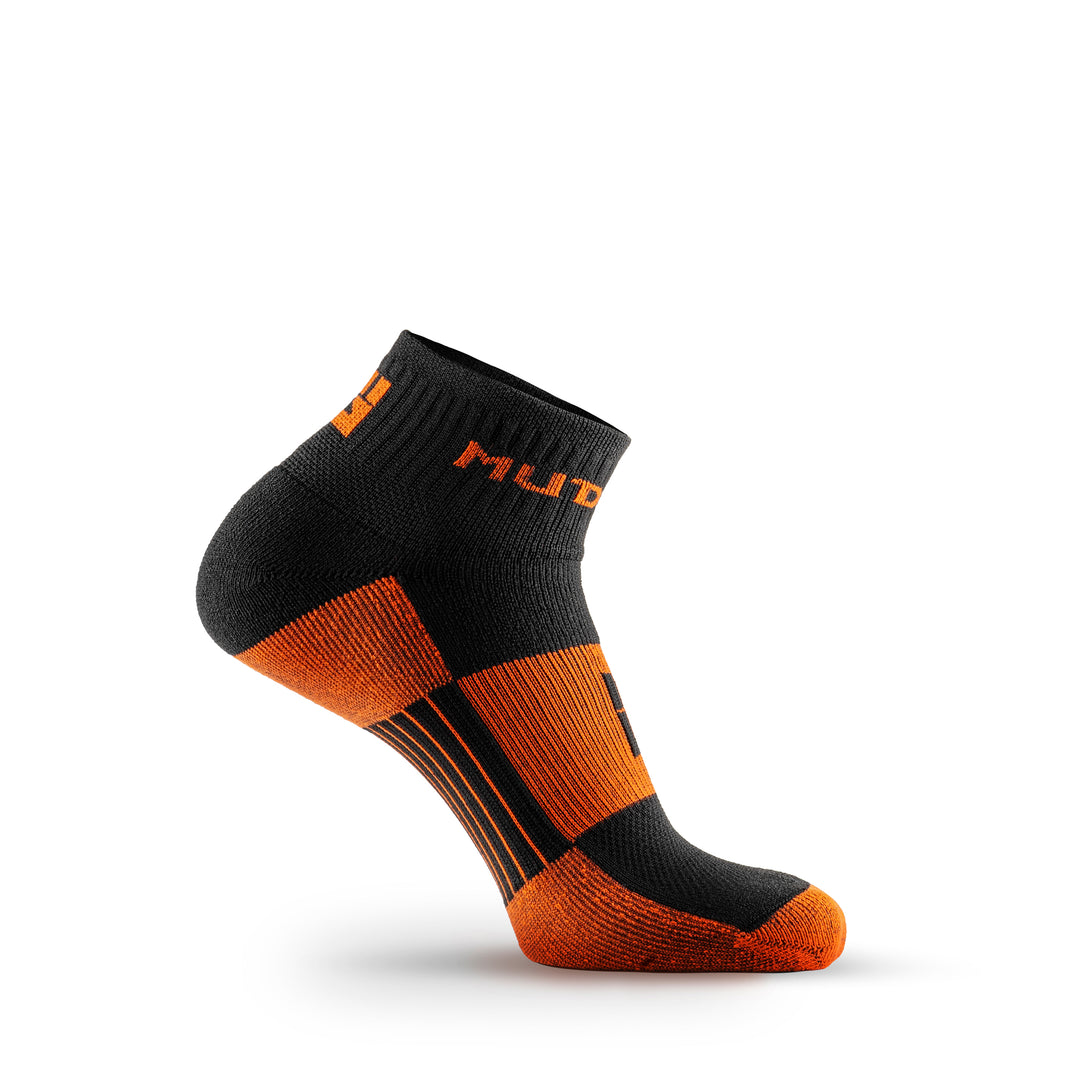
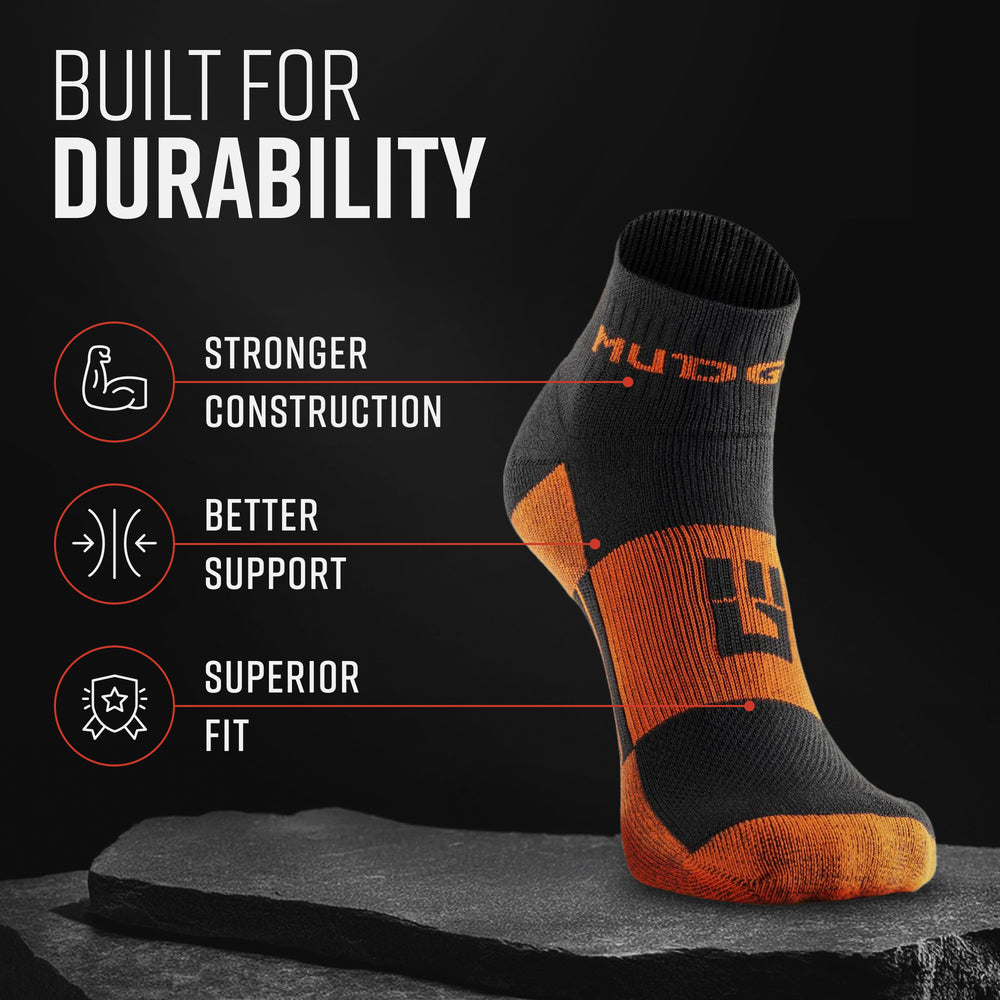


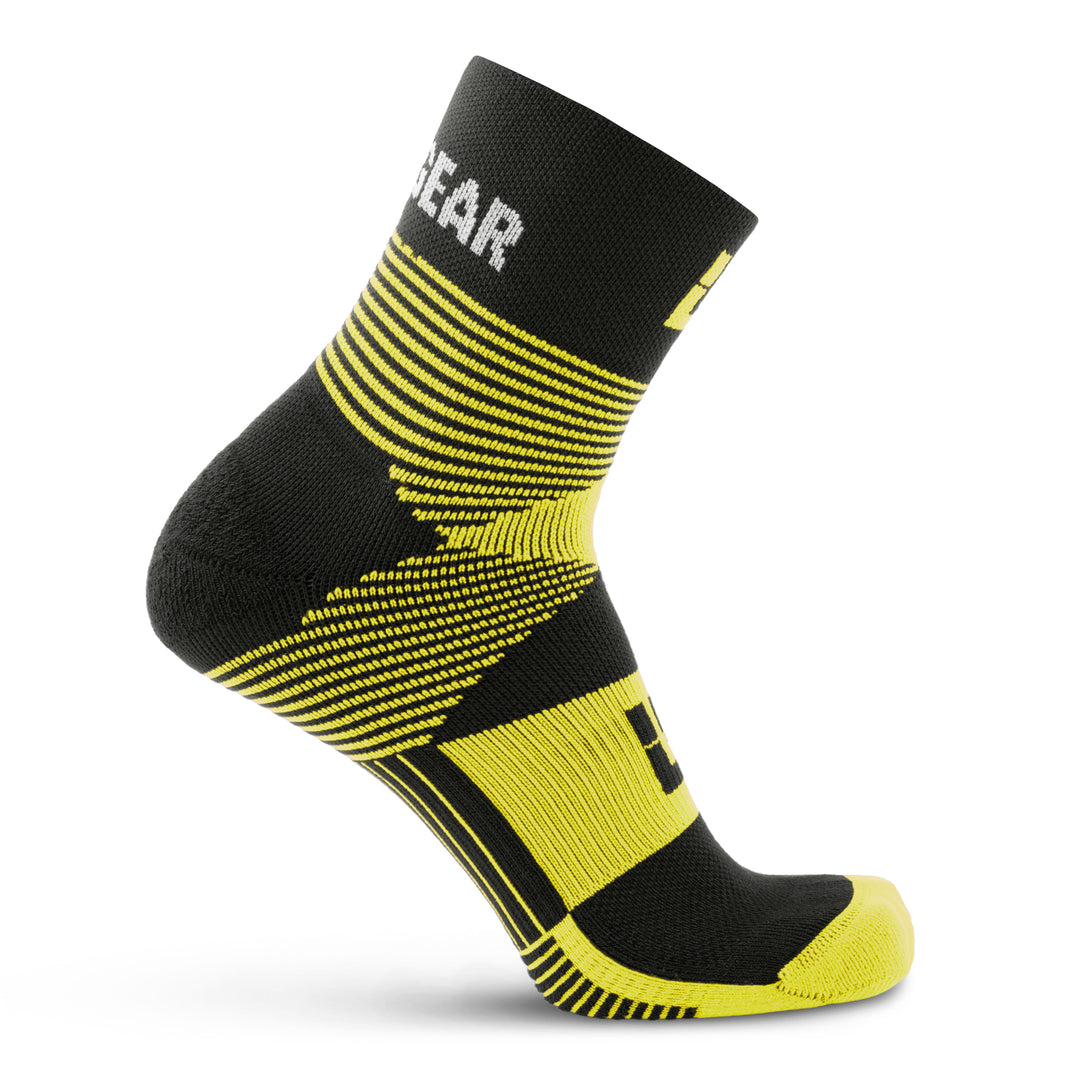
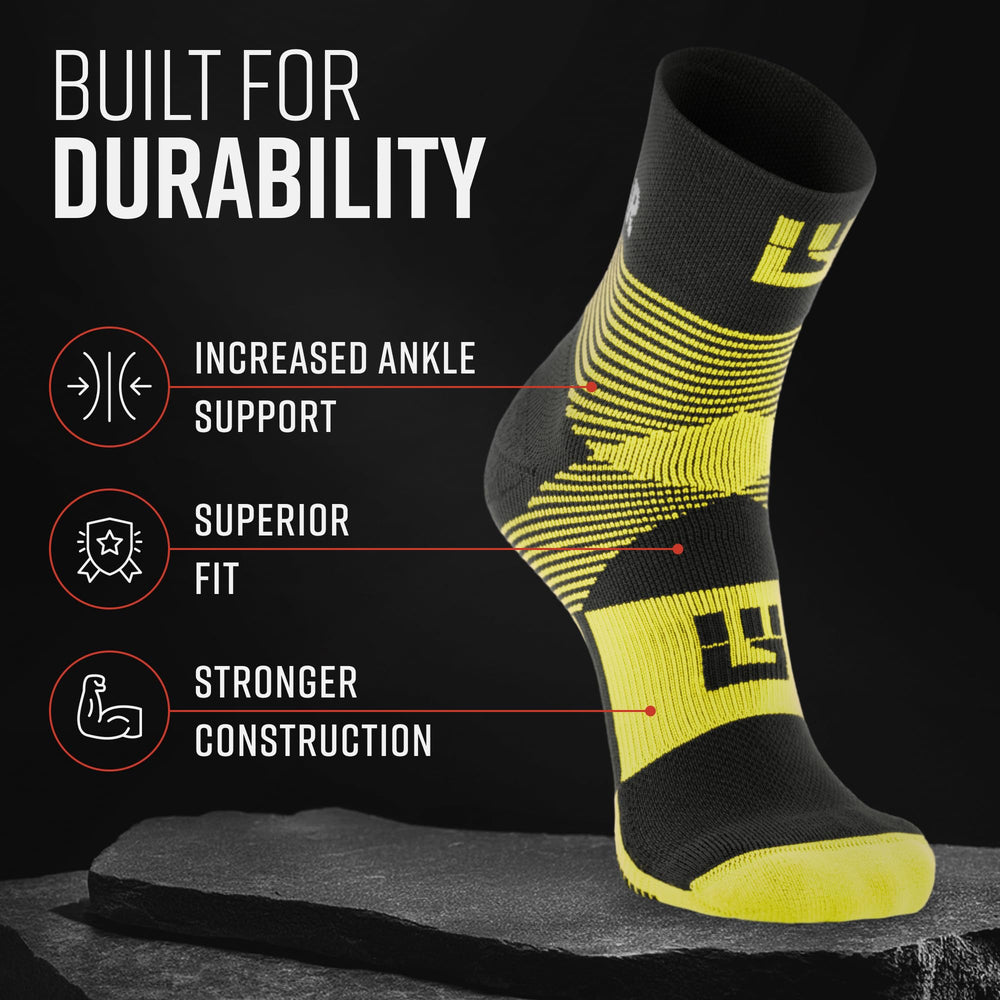

Leave a comment